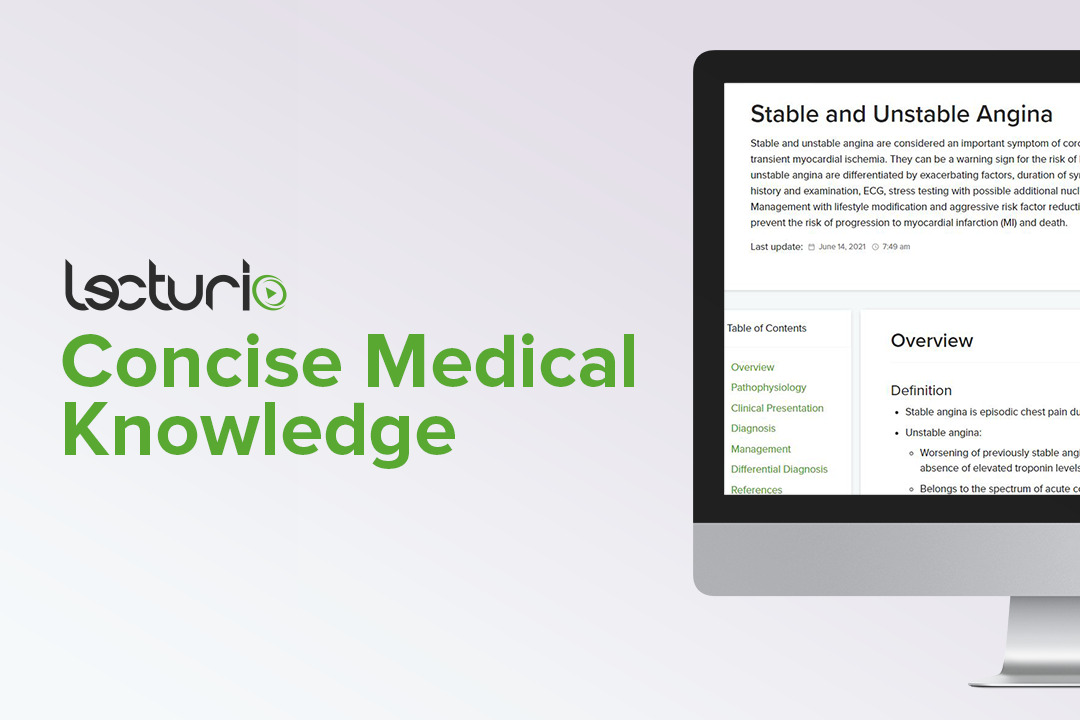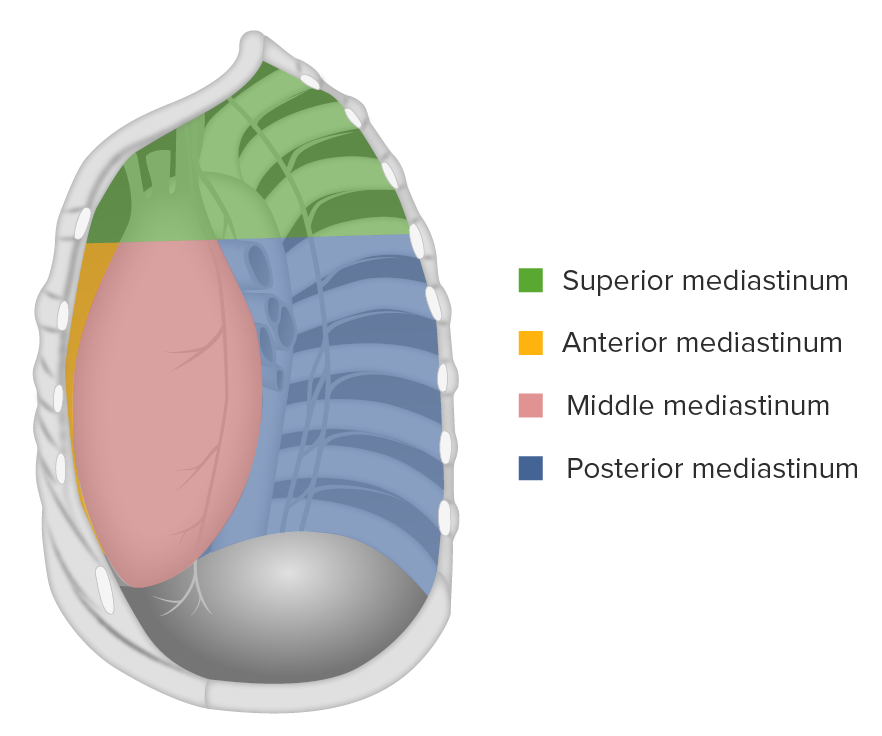Playlist
Show Playlist
Hide Playlist
Stable and Unstable Angina
-
Slides IschemicHeartDisease CardiovascularPathology.pdf
-
Download Lecture Overview
00:00 Quickly walk through stable angina and this will be discussed. Someone goes through this quickly. It is substernal chest pain that takes place when, please? During your exertion, is that clear? Now when there is exertion, understand the chest pain may then behave like the patient is having an MI. This may then radiate up into the neck, jaw so on and so forth only at exercise, your exertion, provoked by exertion, relieved by rest. What do you want to do? Do not tell your patient to go away. You induce the stress with your patient. Let it be either physical or chemical. When you do so, then you find the change in the your ST. Now for exam which you are looking for is the ST segment. Think about ST segment. Close your eyes. It is isoelectric after your QRS complex. 00:44 It is usually flat. When you induced a stress test in a patient, will give the history of pain upon exertion, take your hand and put it on that bar known as your ST isoelectric and you pull it down. It is going to have ST strain or an ST depression. Is that clear? Exertion. As simple as that, you put your patient on nitroglycerin, why? You want to decrease your preload, right? How did you do that? Venodilation. 01:14 Unstable angina, what about this? Major occlusion,by what? Atherosclerosis. Why is it that Printz medal? We do not really even call the Printz medal, so get away from that. We don't really call it variant. The most appropriate name for Printz medal, which is in here is called vasospastic type of angina. Is that clear? And it actually has nothing to do with atherosclerosis hence we don't find it here. But we move from stable angina into unstable angina, what do we had it? Crescendo. Crescendo to whom? Myocardial infarction. Chest even at rest and consider the MI precursor. I told you earlier crescendoing towards a MI. So therefore you might find an non-STEMI, which means an ST depression, but will you find a cardiac enzyme to be elevated in unstable angina? No, you will not. We have discussed that earlier. What is it the gold standard cardiac enzyme? Troponin I and I will show you why. Unstable angina, once again the pain exactly as to which you expect. Dyspnea at rest. Pain usually, pay attention, lasts about 30 minutes, relieved with rest or nitroglycerin, well it depends on the occlusion. Hopefully they will take care of it or remember you want to become more and more aggressive especially if he is getting to unstable angina. You start thinking about, but well what do I need to do to bust that clot. Right. Let us take a look at the changes on EKG that is very important for us to understand now. Let us begin at the top. Stable angina we know our patient. "Hey doc I have pain." When? Upon exertion. The patient comes in, you do a EKG at rest. Are you going to find the change? Yes or no? No, good. You induce stress. What then happens? You find ST changes. What kind? Take a look at V4, V5 and V6. Please tell me where you are. V4, V5, V6. Medial side of the heart? Apical side of the heart or it is more lateral? Want you to focus on V5, V6. V5, V6 will be out here, by your armpit. Is that clear? Left side. It is the lateral side of the heart. You know, coronary artery might be thinking about. Please do not tell me right. This is your left circumflex, isn't it? Lateral side of the heart and your most likely coronary artery to be affected there will be your left circumflex. I hope that is clear. What kind of change you find here? You see that ST segment. Is it flat? No. Especially take a look at V5, V6, what do you see? You find an ST depression, don't you? So if we find ST depression especially with the stress test and what about cardiac enzymes? Elevated or normal? Normal, good. Nice job. So ST segment depression, what are you seeing there? Inverted T-wave, serum cardiac enzymes negative. Once again you tell me gold standard cardiac enzyme. Do I sound like a broken record yet? I hope so. 04:16 I am actually doing that on purpose. Troponin I. Here it is once again in terms of what we just completed discussion of stable angina. We'll look at unstable angina and all that I am giving at this point is a few simple procedures that is going to help you distinguish one from the other. Stable angina, relieved with rest. Unstable angina, pain at rest. Difference between unstable and myocardial infarction, negative cardiac enzymes with unstable angina.
About the Lecture
The lecture Stable and Unstable Angina by Carlo Raj, MD is from the course Ischemic Heart Disease: Basic Principles with Carlo Raj.
Included Quiz Questions
On an ECG, what aspect of the heart is represented by leads V5 and V6?
- Lateral aspect
- Anterior aspect
- Interventricular septum
- Posterior aspect
- Right ventricle
Which of the following best describes non-ST-elevation myocardial infarction (NSTEMI)?
- Elevated cardiac enzymes without persistent ST elevation
- Elevated cardiac enzymes with persistent ST elevation
- Normal cardiac enzymes without any changes on ECG
- Normal cardiac enzymes with persistent ST elevation and evidence of posterior MI
- Elevated cardiac enzymes with evidence of posterior MI
Customer reviews
5,0 of 5 stars
| 5 Stars |
|
5 |
| 4 Stars |
|
0 |
| 3 Stars |
|
0 |
| 2 Stars |
|
0 |
| 1 Star |
|
0 |






